
Plastic isn’t just a packaging problem anymore. Daily choices unknowingly lead to plastic particles entering our air, water, and bodies. Some are labeled “eco” while still shedding synthetic debris. Scroll through this list and discover the shockingly normal things that quietly release microplastics into your daily life.
Tea Bags
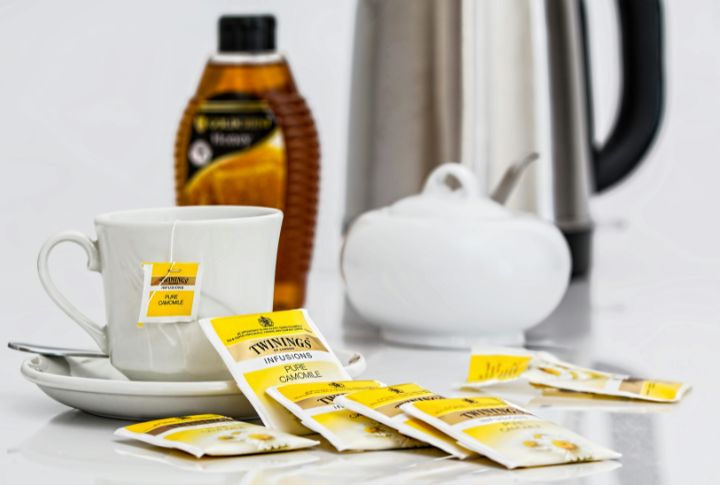
Plastic-based tea bags made from nylon or PET can release over 11 billion microplastic particles into a single cup. While steeping, these particles leach directly into your drink. Consequently, even premium-labeled teas may contain synthetic materials that compromise purity.
Chewing Gum

Polyvinyl acetate, a plastic used in adhesives, forms the base of most chewing gum. Unlike biodegradable materials, gum remains intact for decades. Additionally, cities spend millions annually removing gum residue from public spaces, which highlights its environmental persistence.
Synthetic Clothing

Washing clothes made of acrylic, nylon, or polyester releases vast quantities of microfibers. Standard filtration can’t trap them all, so many enter the ocean. The growing concern has sparked innovations such as integrated filters within modern washing machines.
Car Tires
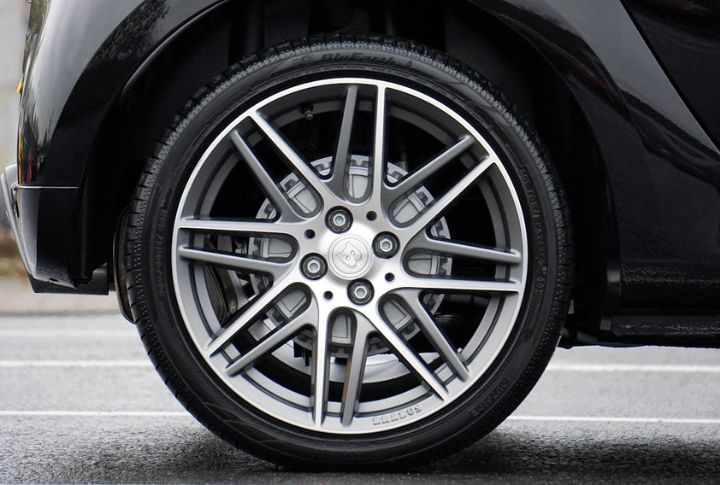
Synthetic rubber and plastic polymers in tires degrade through road friction, releasing microplastics. These particles enter air and water systems. Moreover, rainwater runoff carries tire dust into rivers, making urban driving a major contributor to environmental contamination.
Plastic Cutting Boards

Repeated chopping on plastic boards causes abrasion, which releases microplastics into food. This effect intensifies when slicing acidic vegetables, such as carrots. In contrast, wooden boards offer a safer alternative, as they don’t shed synthetic particles during use.
Dish Sponges And Scrubbers
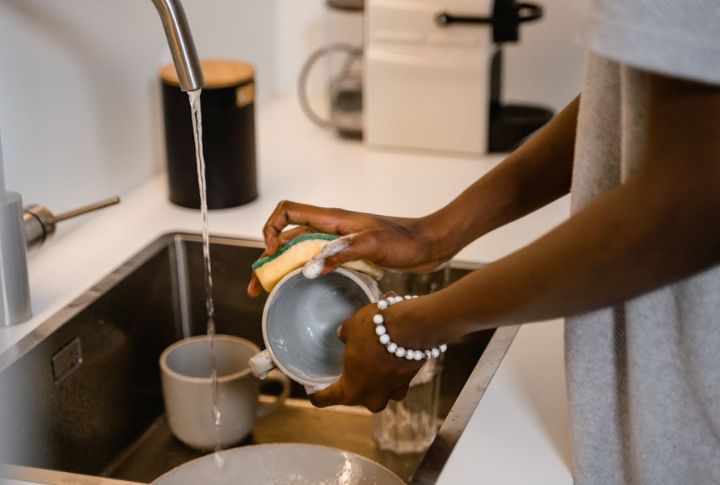
Microplastics often enter dishwashers as polyurethane and polyester sponges deteriorate during use. Fragments can cling to plates and cups. Replacing synthetic scrubbers with biodegradable loofahs provides a greener alternative that performs well without polluting the wash cycle.
Toothpaste (With Microbeads)
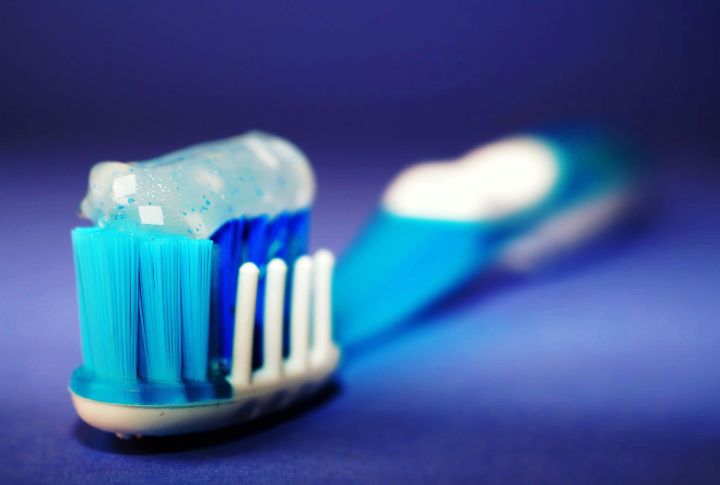
Polyethylene microbeads in some toothpastes are designed for scrubbing but evade water treatment filters. These beads enter waterways and persist in ecosystems. Although banned in several countries, they continue to be present in some products and pose ongoing environmental concerns.
Paints And Road Markings
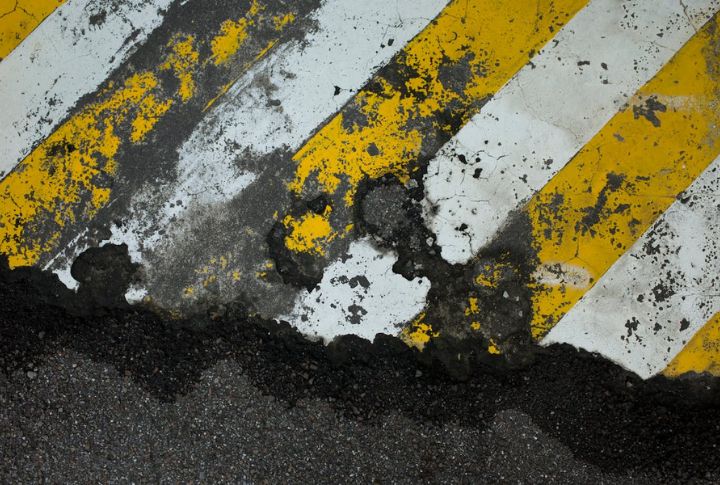
Acrylic polymers in paints degrade into microplastics over time. Road markings, especially in high-traffic areas, shed plastic dust through wear. Wind disperses these particles across long distances, thereby making them a widespread environmental concern beyond just urban zones.
Wet Wipes
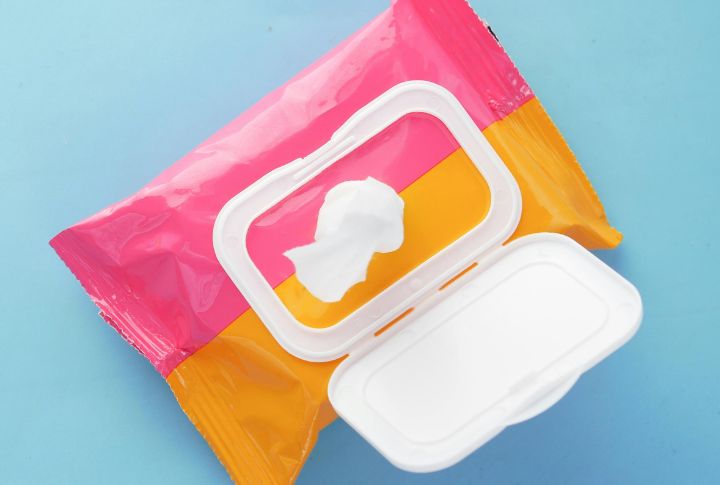
Flushable or not, wet wipes made with polyester contribute to microplastic pollution. They don’t fully degrade in landfills or waterways. Despite “plastic-free” claims on packaging, only a close look at fiber content reveals how environmentally safe a wipe actually is.
Tap And Bottled Water

A 2018 Orb Media study found microplastics in 83% of tap water and 93% of bottled water. PET bottles and aging plumbing systems are major contributors. However, high-quality filters can remove up to 99% of these particles.

